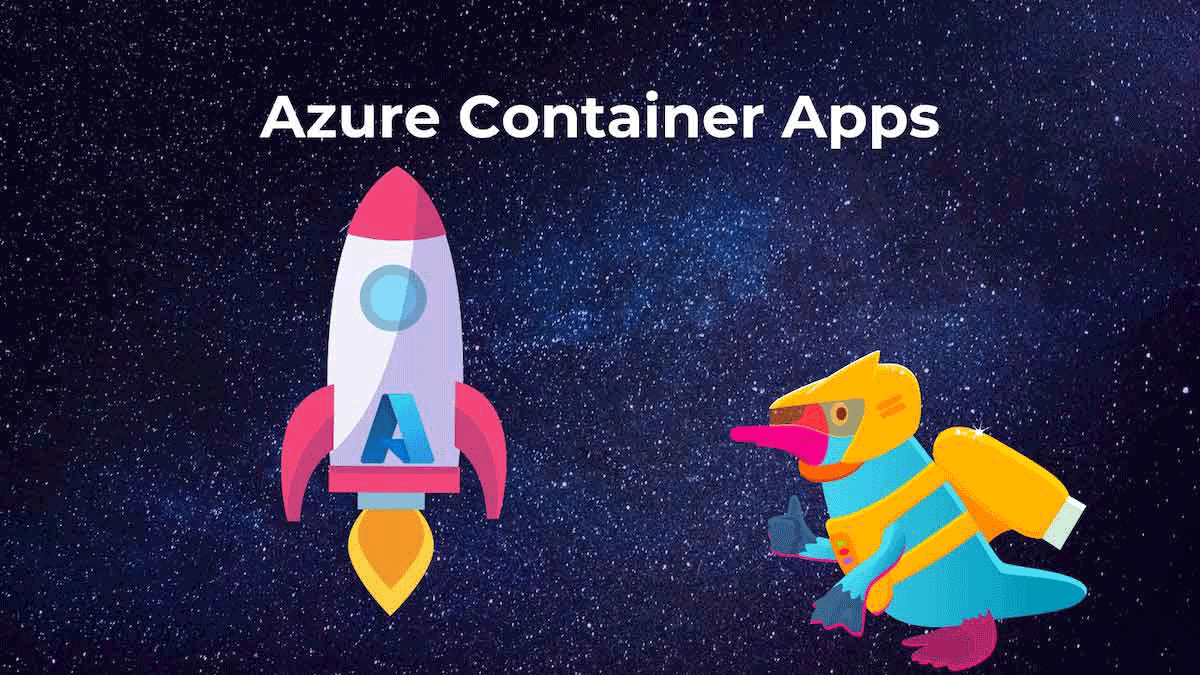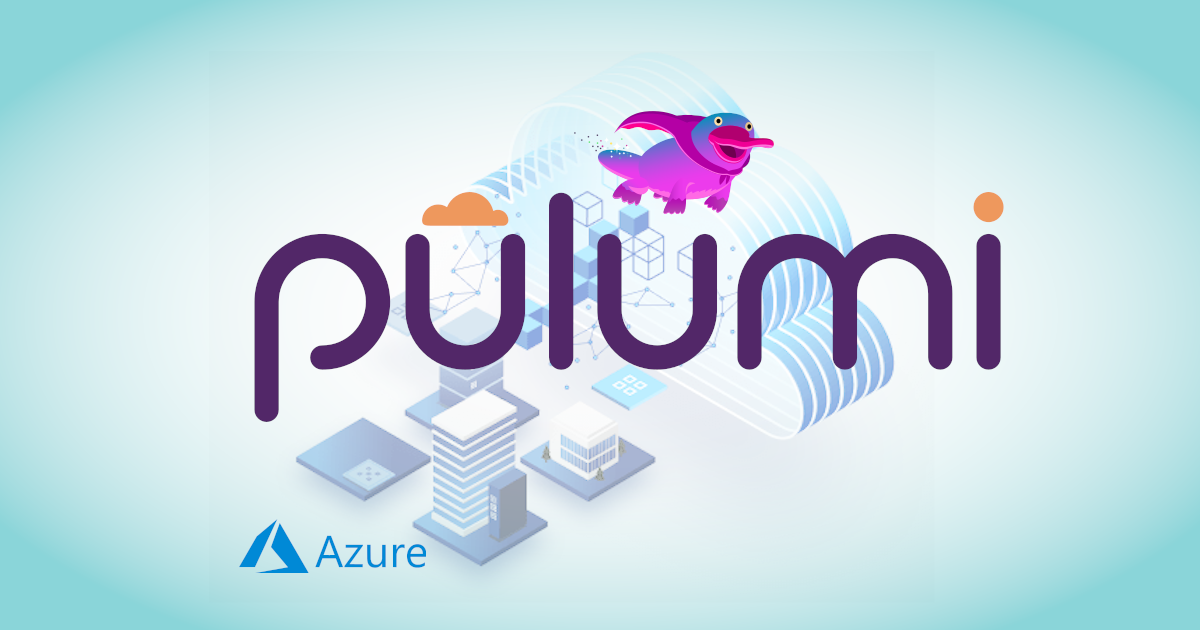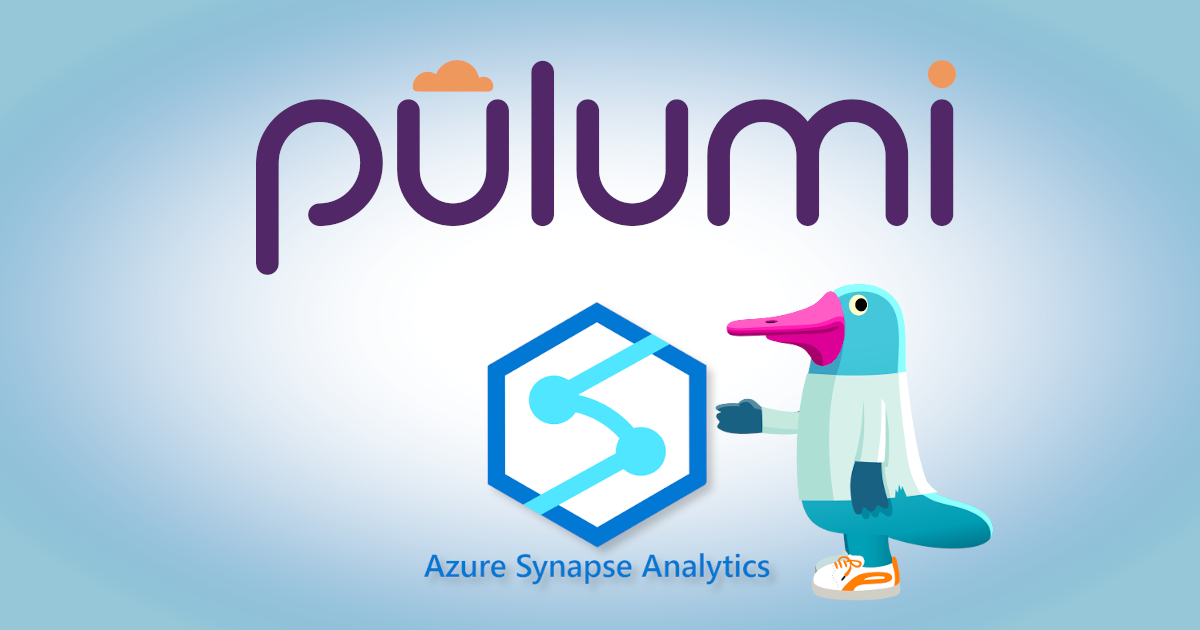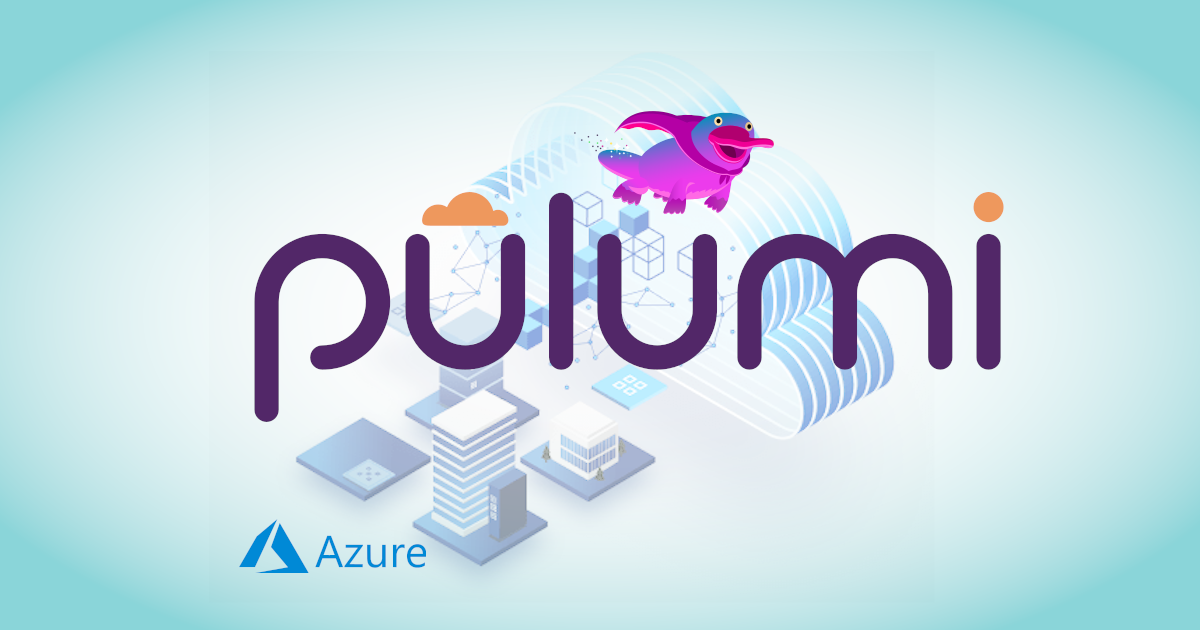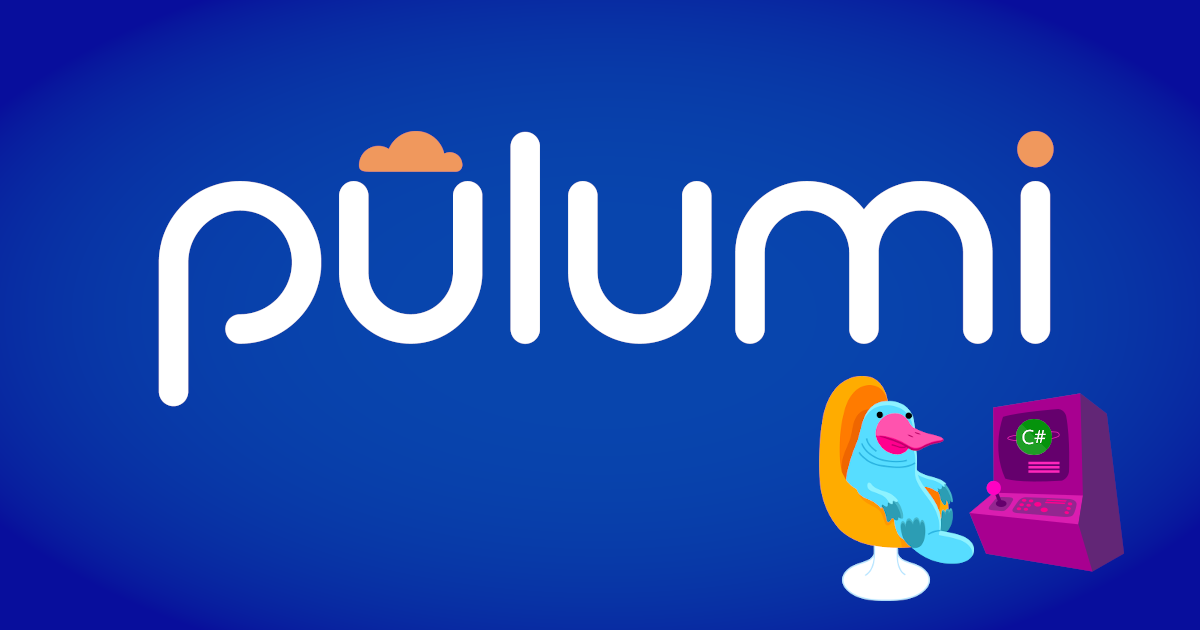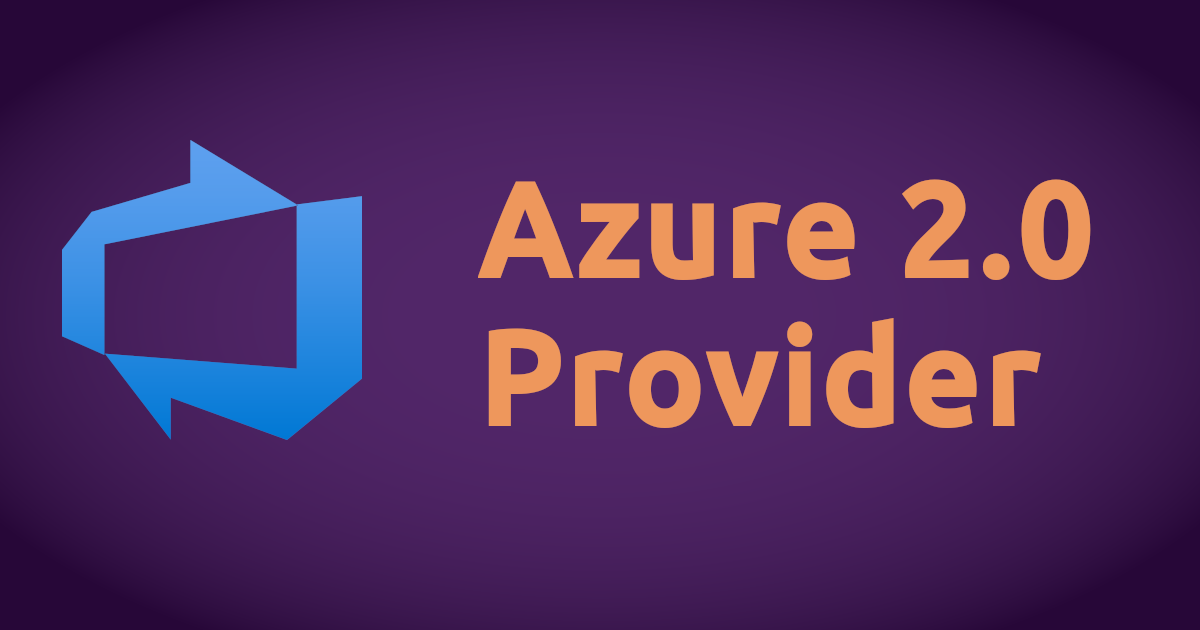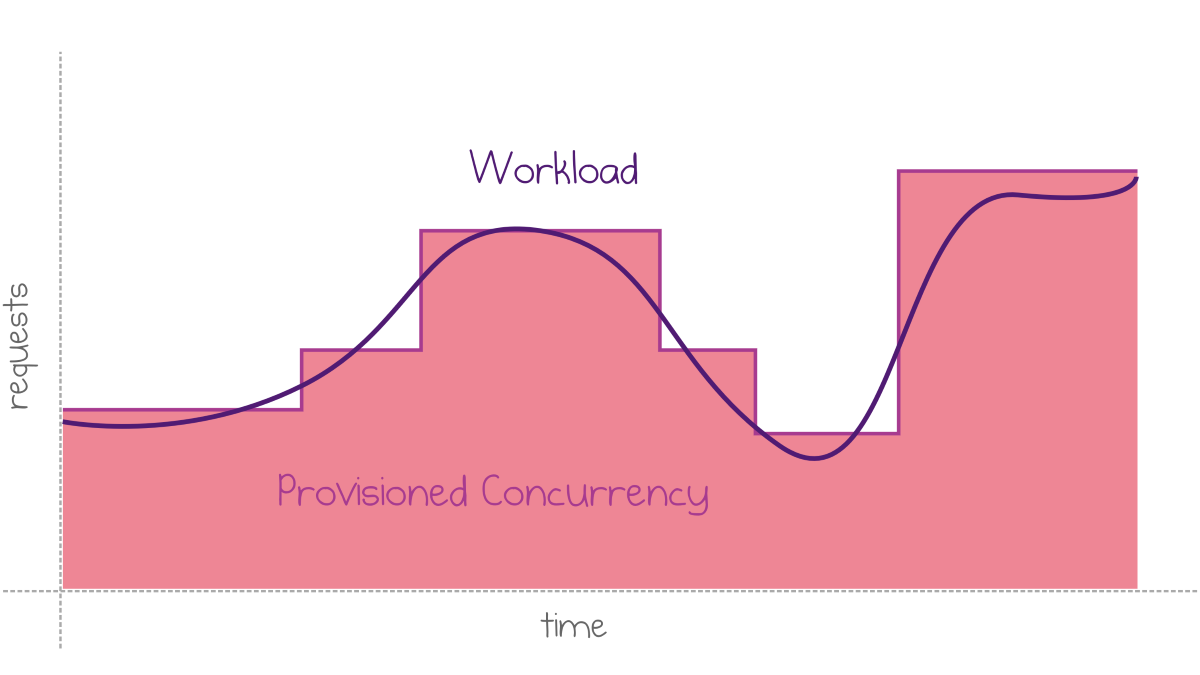Exploring how to solve circular dependencies

As part of our hackathon near the end of last year, we decided to explore solutions to a common problem when people are using Pulumi for their systems. A question that’s been asked in a few different forms is how to resolve circular dependencies between resources in a Pulumi program.

